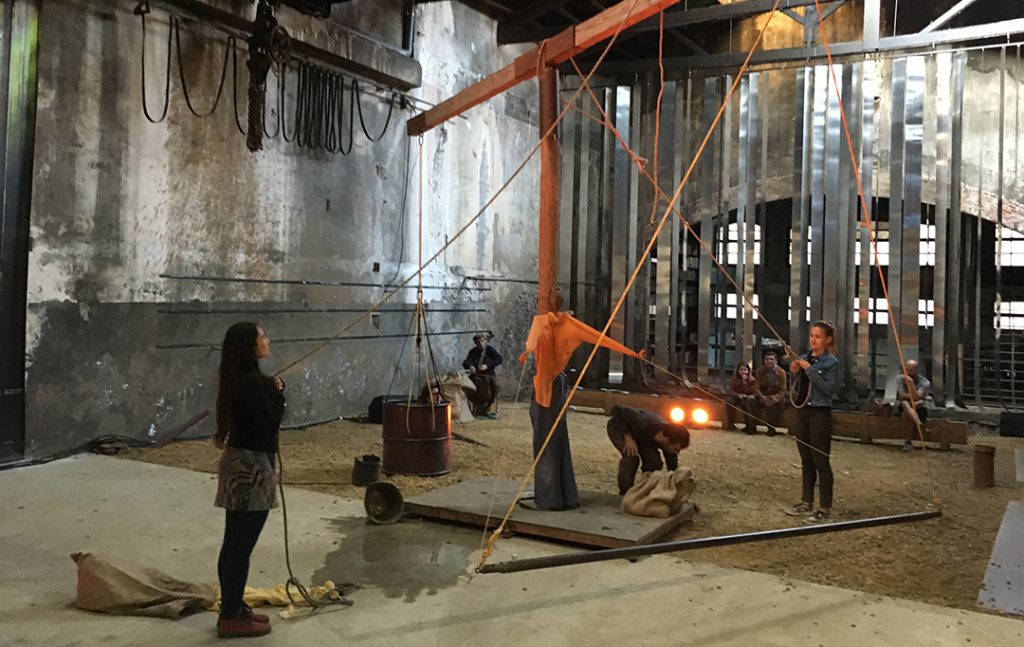The Sense of Culture in the Universe of Shared Creativity
The foundation, established in 2013, is named Bunka, meaning ‘culture’ in Japanese. This name reflects its cultural vocation and the connection with the Japanese sensibility that its founders have cultivated over the years. While its roots are inspired by the beauty of the Garrotxa landscape, the Japanese perspective on nature has given it wings, reaffirming that landscape is a fundamental and unifying element.
The etymology of Bunka combines two kanji: 文化.文 (bun) means ‘prayer’ and ‘art’, while 化 (ka) means ‘change’, symbolizing a world in constant transformation. Creativity—born from observing the essentials—becomes a response in an era of complexity and uncertainty.
Similarly, the term culture, derived from the Latin cultus, refers to inhabiting, cultivating, caring for, and honouring. Thus, architecture and landscape lie at the very root of culture: architecture as habitat, and landscape as land shaped by human hands. These notions take on special significance in the foundation’s mission: to foster appreciation for architecture, landscape, and, by extension, the arts and culture.
As a non-profit entity, the foundation safeguards disseminates, and preserves the RCR Arquitectes Fund through exhibitions, publications, and guided tours. It also houses special collections, such as that of the artist Jesús Vilalta i Güell, father of Ramon Vilalta, and artefacts from the historic Barberí foundry, forming a small museum. Additionally, the foundation preserves the complete archive of renowned photographer Hisao Suzuki, donated in 2021 to gather, catalogue, protect, and share his legacy. This archive contains 45,000 photographs of contemporary architecture worldwide since 1986 and 1,000 images dedicated to Romanesque churches, Modernism, and gastronomy. Suzuki himself oversees the inventory and organization of this photographic collection.
The foundation also organizes architecture, photography, dance, and philosophy workshops, encouraging a sensory perception of space. Since 2008, the RCR Summer Workshop has been held at Barberí Space, and since 2017, additional year-round workshops have taken place at RCR La Vila, in Vall de Bianya, with support from institutions and companies. The RCR Open Program further enriches this initiative with interdisciplinary conferences on creativity and global transformation. Additionally, Barberí Space hosts prominent cultural festivals such as Sismògraf (dance), Elmini (music), and Lluèrnia (light art), actively contributing to cultural decentralization.
With the creation of the Center for the Experience of Space at RCR La Vila, the foundation expands its scope through activities that explore and experiment with spatial perception. In this way, architecture and landscape emerge again as the core drivers of culture, situating creation at the intersection of inhabiting and shaping our future.

